Keeping our promises to ourselves is essential.
Life of a Travel Writer
Embark on a year-long adventure with me as we explore the wonders of our world!
Hello, Fellow Travelers, and Happy Sunday,
I hope you are having a wonderful Easter!
We’re back to our regularly scheduled program! I’ve been MIA the last two weeks—sometimes life just takes over, and a break is exactly what you need.
Puebla, Mexico: My Newest Love
I’m officially smitten. Last year, it was Oaxaca that stole my heart; this year, it’s Puebla. Growing up, I was fascinated by places like Italy and Ancient Egypt, but I realize now how little I knew about Mexico and South America. I’m so grateful to finally be traveling through Mexico and discovering firsthand just how incredible this country is.
Puebla stands out as my favorite so far. This city isn’t just famous for its victory over the French at the Battle of Puebla—which is why Cinco de Mayo is celebrated every year—but it’s also a vibrant hub for artists, packed with museums, galleries, and some of the best food I’ve tasted. Walking the cobblestone streets, you’re surrounded by colonial architecture, colorful Talavera tiles, and lively neighborhoods like Barrio del Artista, where local painters and musicians bring the city to life.
This Week’s Outings: Puebla’s Literary and Artistic Treasures
Today, I treated myself to a library and museum date, and to my delight, both were free thanks to the Easter holiday! Here’s a peek into my latest adventures in Puebla’s historic center.
Biblioteca Palafoxiana
My first stop was the stunning Biblioteca Palafoxiana. As a lifelong library lover, I was excited to visit, but what really drew me in is its history: this is the oldest public library in the Americas, founded in 1646 by Bishop Juan de Palafox y Mendoza, who donated his personal collection of 5,000 books to make knowledge accessible to everyone—not just the clergy or scholars. Today, the library houses over 45,000 books and manuscripts, some dating back to the 15th century, all beautifully arranged in a grand Baroque hall.
The space itself is serene and awe-inspiring, with carved wooden shelves and a golden altarpiece anchoring the room. I wish it were still a working library, but today it serves as a museum, preserving these treasures for future generations. Most of the educational information was in Spanish, and while my language skills are improving, I couldn’t catch every detail—so now I’m inspired to dig deeper into its history on my own. (If you visit, take time to admire the Nuremberg Chronicle from 1493 and other rare volumes on display!)
Museo Amparo
Originally, I had my sights set on the Museo Internacional del Barroco for its collection of Baroque art, but since it’s outside the city center, I opted for the nearby Museo Amparo—and I’m so glad I did. Just a short walk from the library, the Museo Amparo is a must for art lovers. Its collection spans from pre-Hispanic artifacts through colonial times to contemporary works, offering a fascinating journey through Mexico’s cultural evolution.
One of the highlights was the rooftop café, which offers spectacular views of Puebla’s skyline—perfect for a mid-day break or a little journaling session. I’m already planning a return visit before I leave, as there’s simply too much to take in during one afternoon.
What I’d Add Next Time
If you’re planning a visit, check for holiday openings—free admission days are a wonderful surprise!
Don’t skip the museum gift shops; both locations had unique books and local crafts.
For fellow language learners: bring a translation app or brush up on Spanish museum vocabulary to get the most out of the exhibits.
What’s Next?
I have one more week left in Puebla before heading off to Mexico City. While I’ll be sad to leave this vibrant city, I’m incredibly excited for what’s coming up next: I’ve already booked my tickets to visit the Frida Kahlo Museum, also known as La Casa Azul, in Coyoacán.
This is something I’ve been looking forward to for years. I’ve been a fan of Frida Kahlo since I was a kid, and the chance to step inside the home she created, lived, and worked in feels like a dream come true. La Casa Azul isn’t just a museum—it’s the very house where Frida was born, spent much of her life, and ultimately passed away. The museum preserves her art, personal belongings, and the vibrant spaces she and Diego Rivera filled with Mexican folk art, pre-Hispanic artifacts, and their creative energy.
From her iconic cobalt-blue walls to her studio, kitchen, and even her bedroom—where her ashes remain—every corner tells a story about her life, struggles, and artistic legacy. I can’t wait to see her paintings, diaries, dresses, and the spaces that inspired her most famous works. The museum is one of the most visited in Mexico City, so I’m glad I booked ahead.
Here’s to another week of exploration and discovery!
Thanks for reading!
Until Next Time,
Courtney
I’d love to hear from you, dear reader!
What are you doing to better care for yourself in 2025?
Share your journey with me—what experiences or challenges are you excited to embrace in the coming year?
Let’s inspire each other! Comment below!
✍️Recent Post
📚Recent Reads
The Editor by Sara B. Franklin
How to Live Your Best Life by Maria Hatzistefanis
Save the Cat! Writes a Novel by Jessica Brody
I hope I have inspired you to pursue your dreams and that you will stick around to see how my journey turns out!
If you appreciate these newsletters, consider subscribing to help me continue to write full-time.


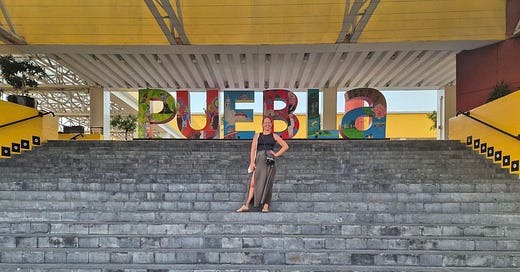


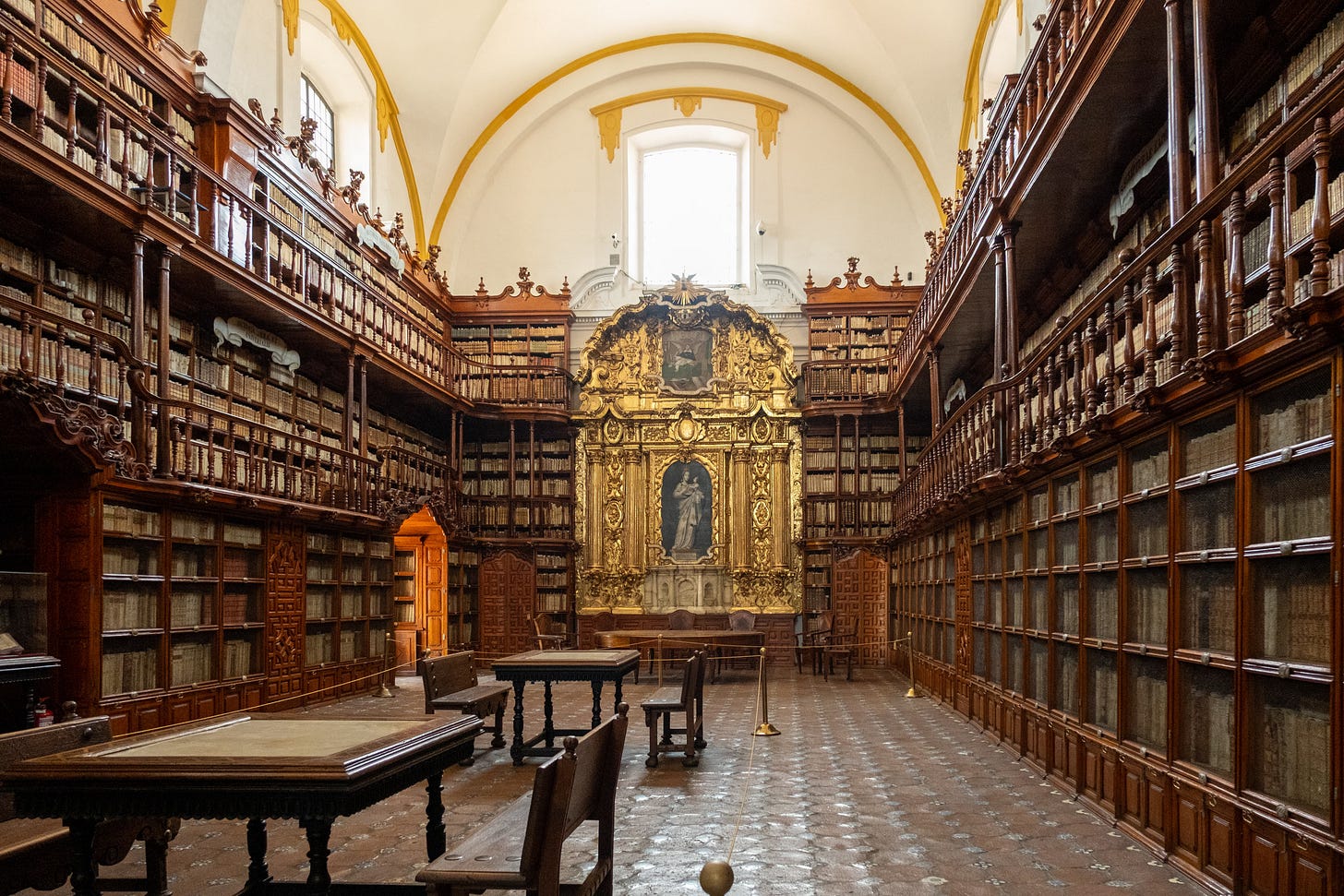
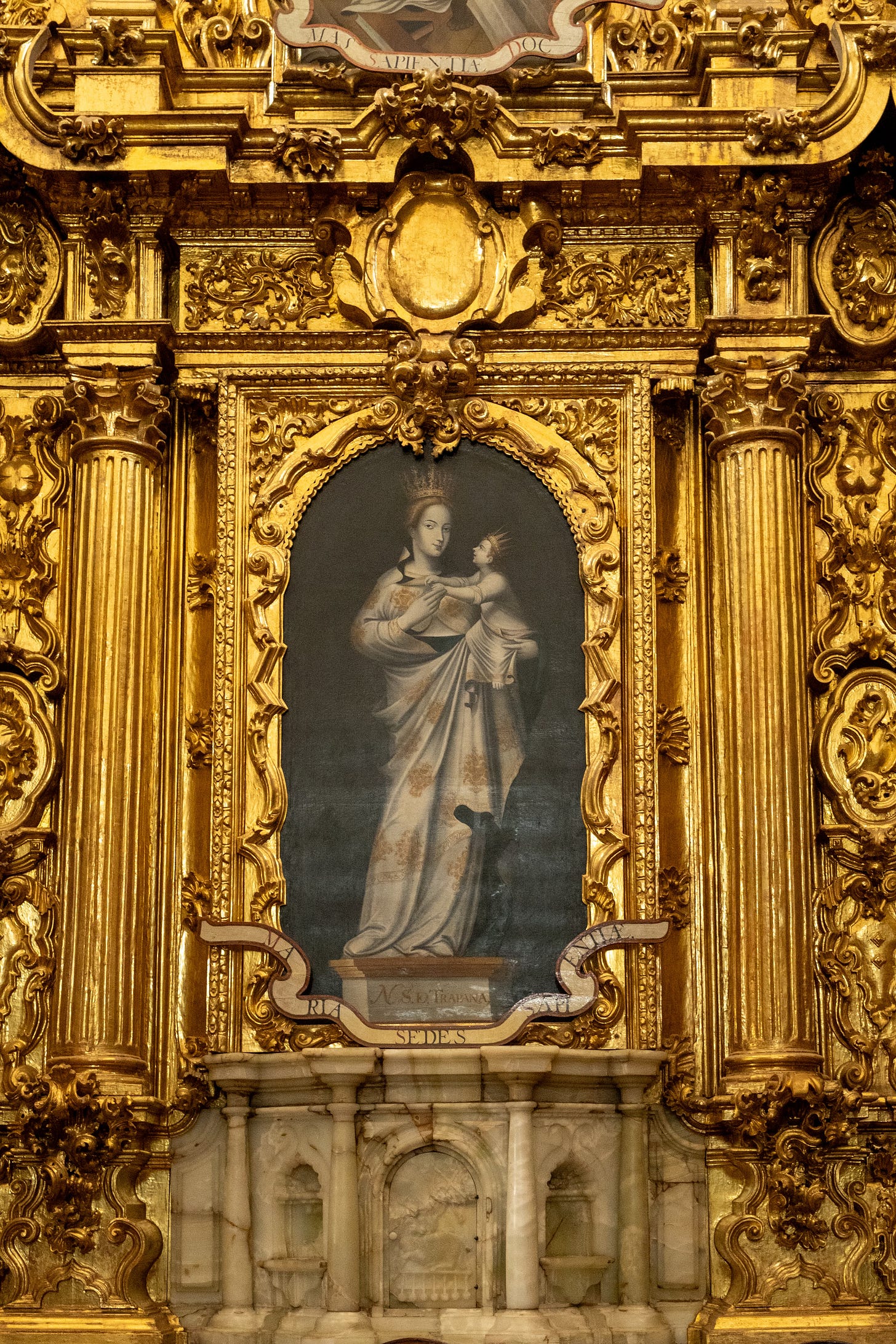

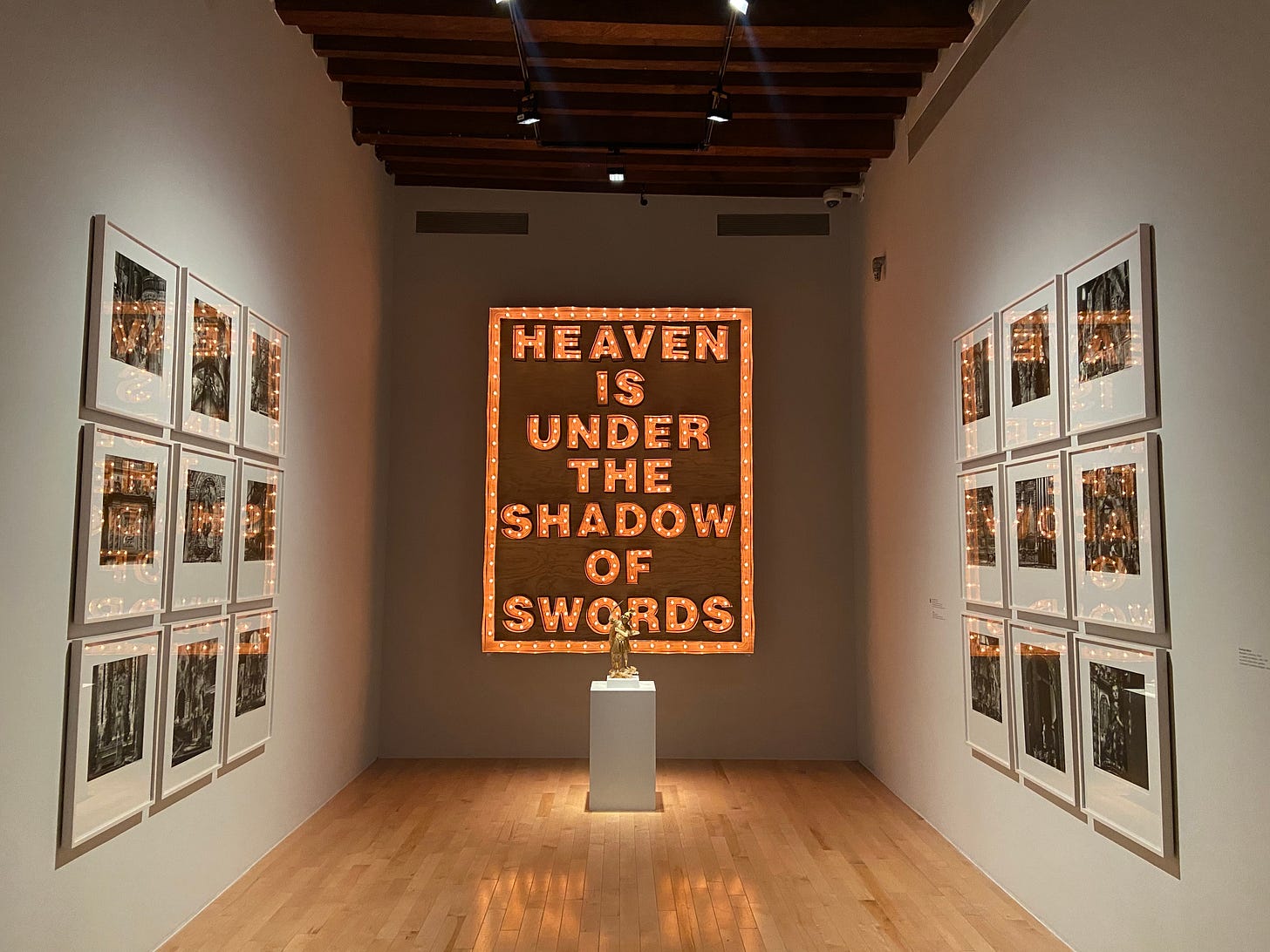
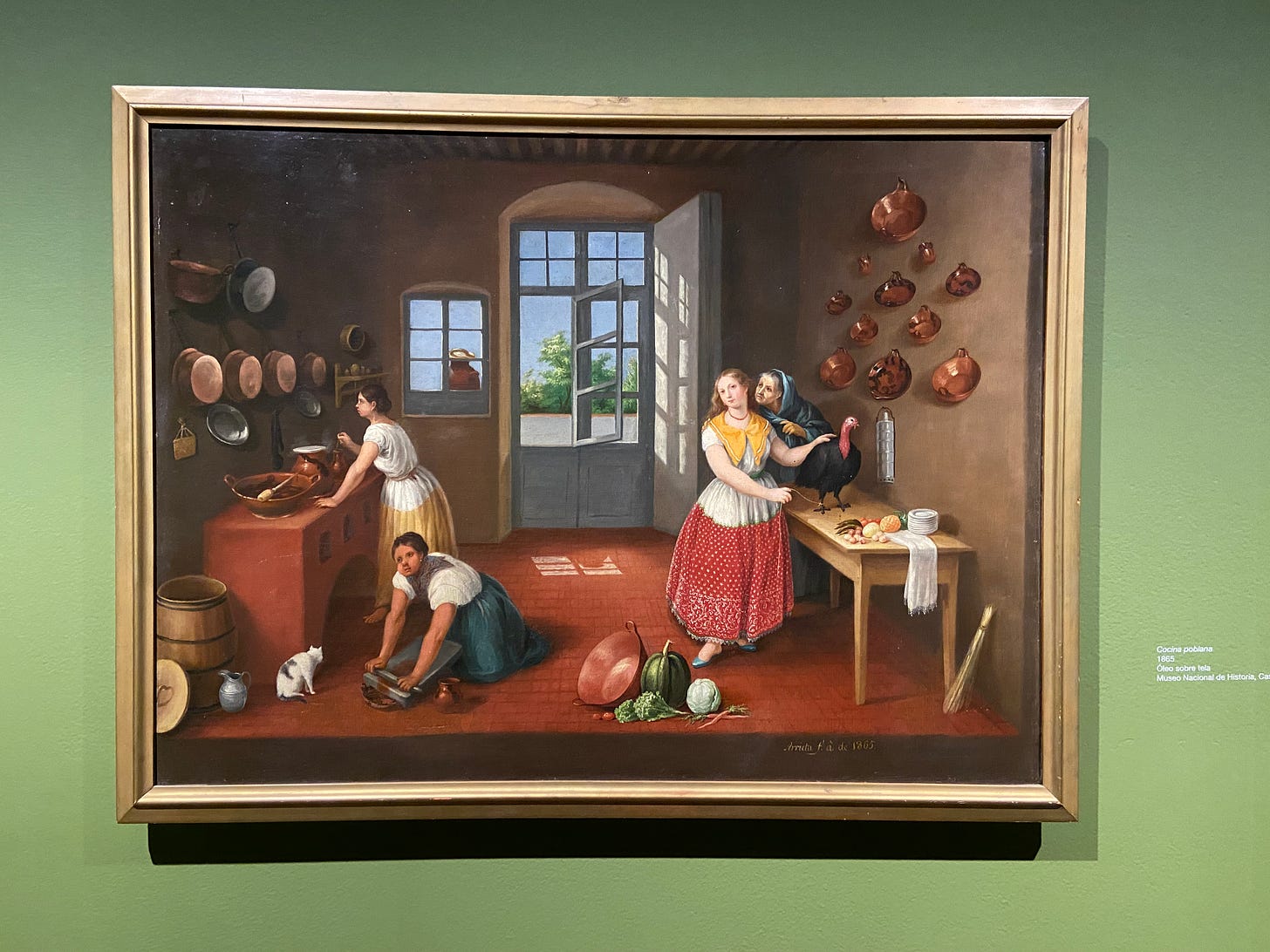
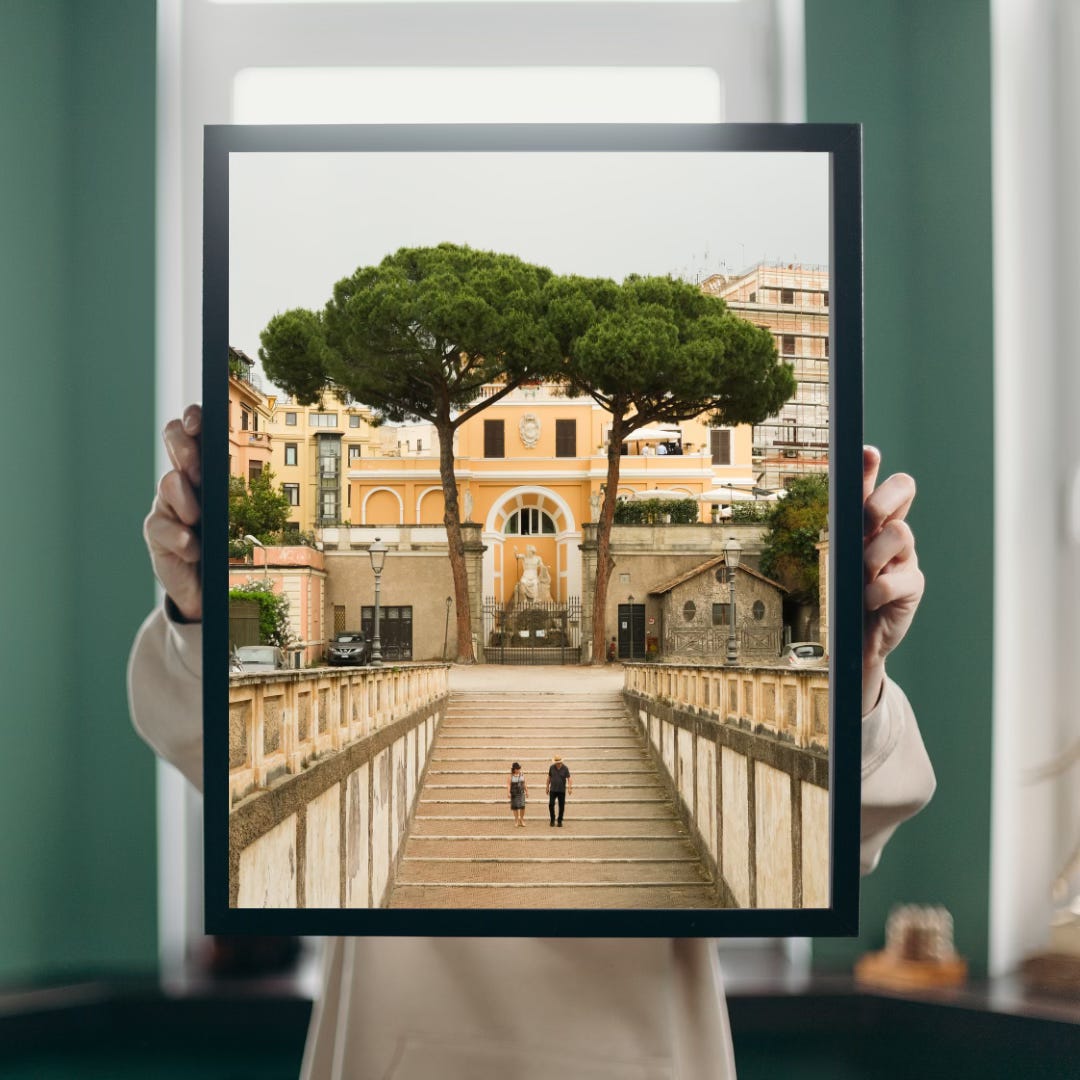
I visited Puebla in 2019 and missed the library! It looked like an amazing visit. Thanks for sharing this.